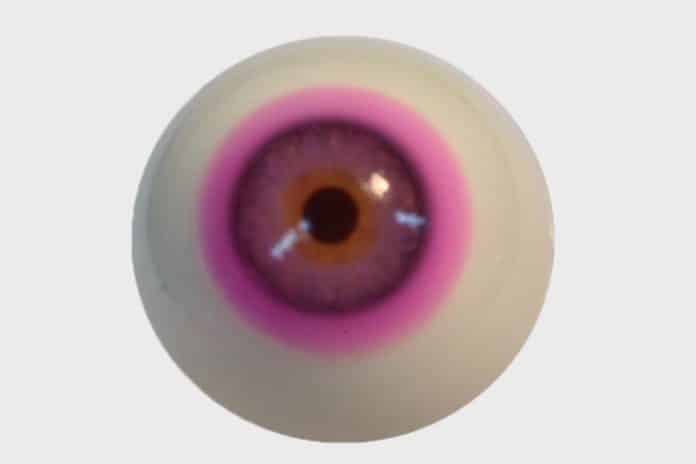In a First, Scientists 3D BioPrint Functional Human Cornea
Corneal transplantation constitutes one of the primary remedies for acute cases of reduction of corneal function. As a result of its constraints, a combined effort was produced by tissue engineers to generate practical, artificial corneal prostheses as an alternate refuge. But, effective translation of the therapies into the practice hasn’t yet been realized.
However, now for the first time, researchers at the from Newcastle University have 3D printed working human corneas, the clear outer layer of the eye that plays a central role in controlling and focusing the entry of light into
the eye.Despite constituting an important sensory role in the human eye, there is a significant shortage of transplantable corneas- with over 10 million people worldwide requiring surgery to prevent corneal blindness as a result of diseases. Also, approximately 5 million people suffer total blindness due to corneal scarring caused by burns, lacerations, abrasion or disease.
By utilizing a very simple 3D bio-printer, Professor of Tissue Engineering Che Connon along and team united healthy corneal stem cells using hydration and alginate (a sort of sugar occasionally utilized in tissue regeneration) to produce’bio-ink’- a simple solution that allowed them to replicate the form of a human embryo in only 10 minutes.
Che Connon, Professor of Tissue Engineering at Newcastle University, who led the work, said: “Many teams across the world have been chasing the ideal bio-ink to make this process feasible. Our unique gel – a combination of alginate and collagen – keeps the stem cells alive whilst producing a material which is stiff enough to hold its shape but soft enough to be squeezed out the nozzle of a 3D printer.”
“This builds upon our previous work in which we kept cells alive for weeks at room temperature within a similar hydrogel. Now we have a ready to use bio-ink containing stem cells allowing users to start printing tissues without having to worry about growing the cells separately.”
The scientists, including Ms Abigail Isaacson ( a Guest Researcher ) from the Institute of Genetic Medicine, Newcastle University, demonstrated through this work that they could build a cornea to match a patient’s unique specifications.
The dimensions of the bioprinted tissue were originally taken from an actual functioning cornea; by the means of scanning a patient’s eye, the team was able to use the data to rapidly print a cornea which matched the size and shape.
Professor Connon added: “Our 3D printed corneas will now have to undergo further testing and it will be several years before we could be in the position where we are using them for transplants. However, what we have shown is that it is feasible to print corneas using coordinates taken from a patient eye and that this approach has potential to combat the world-wide shortage.”






























